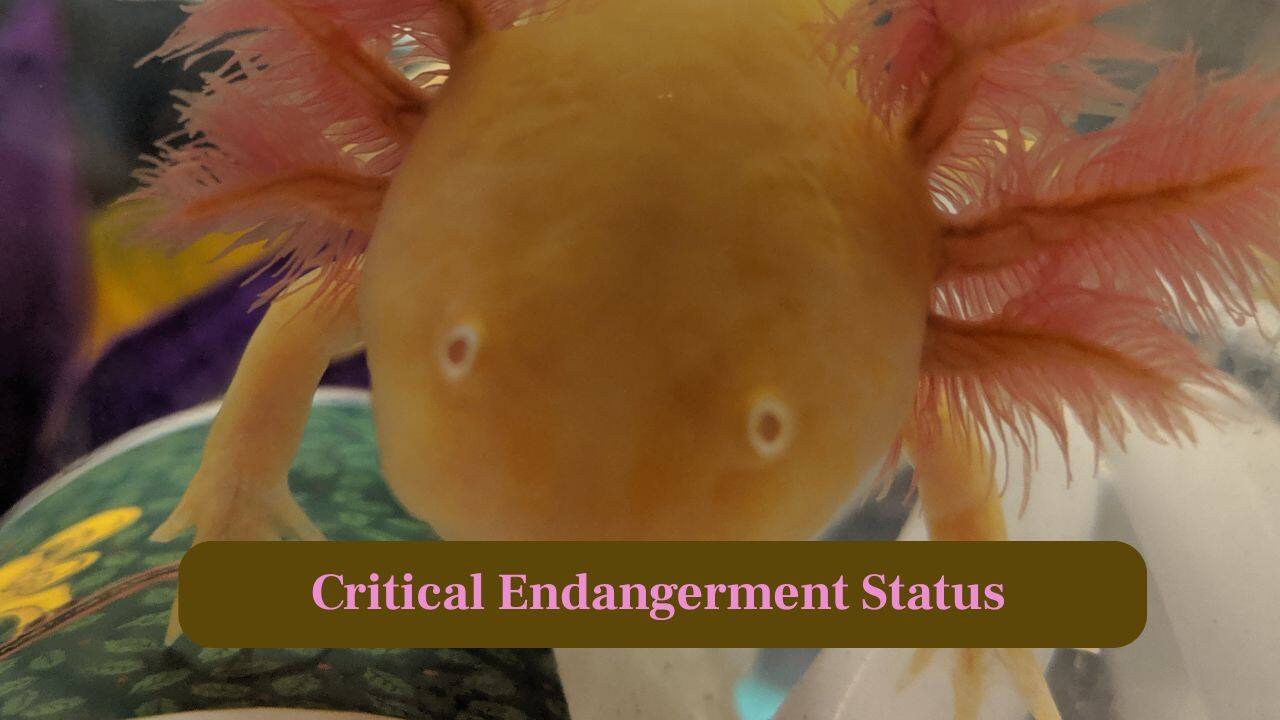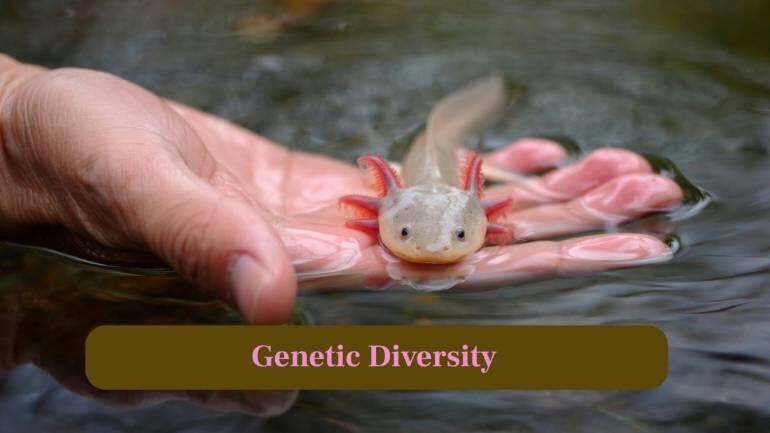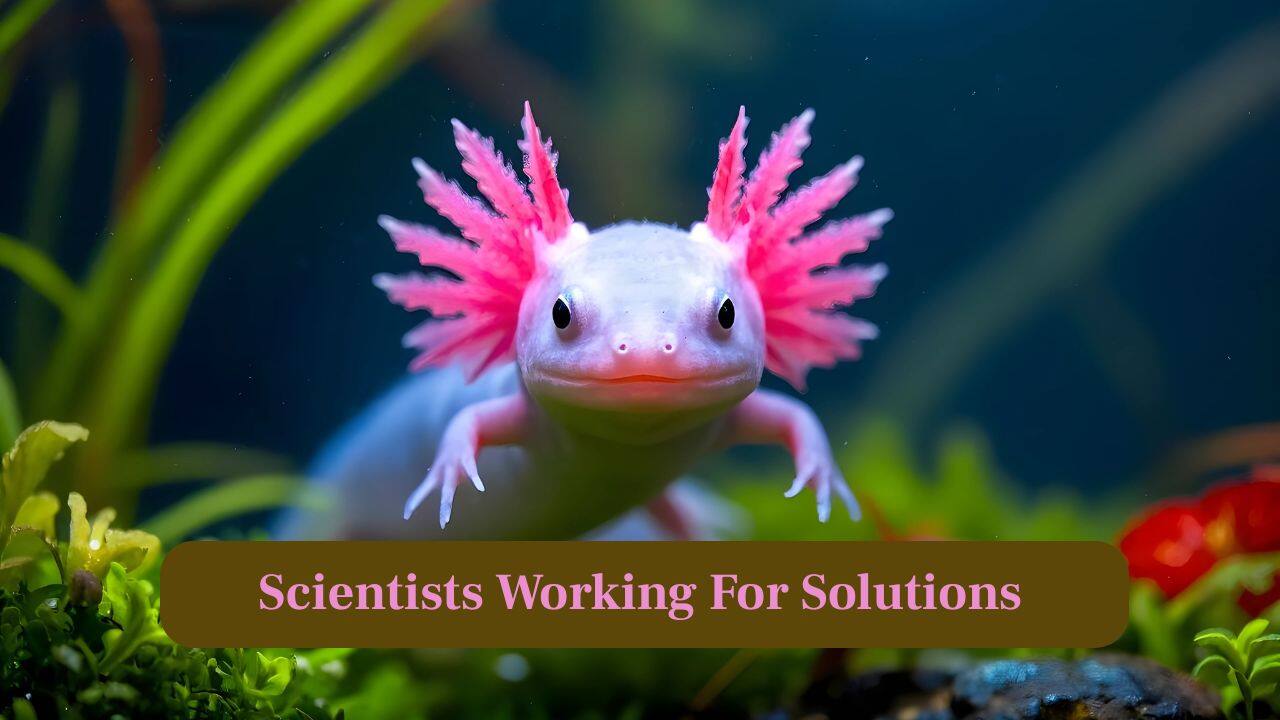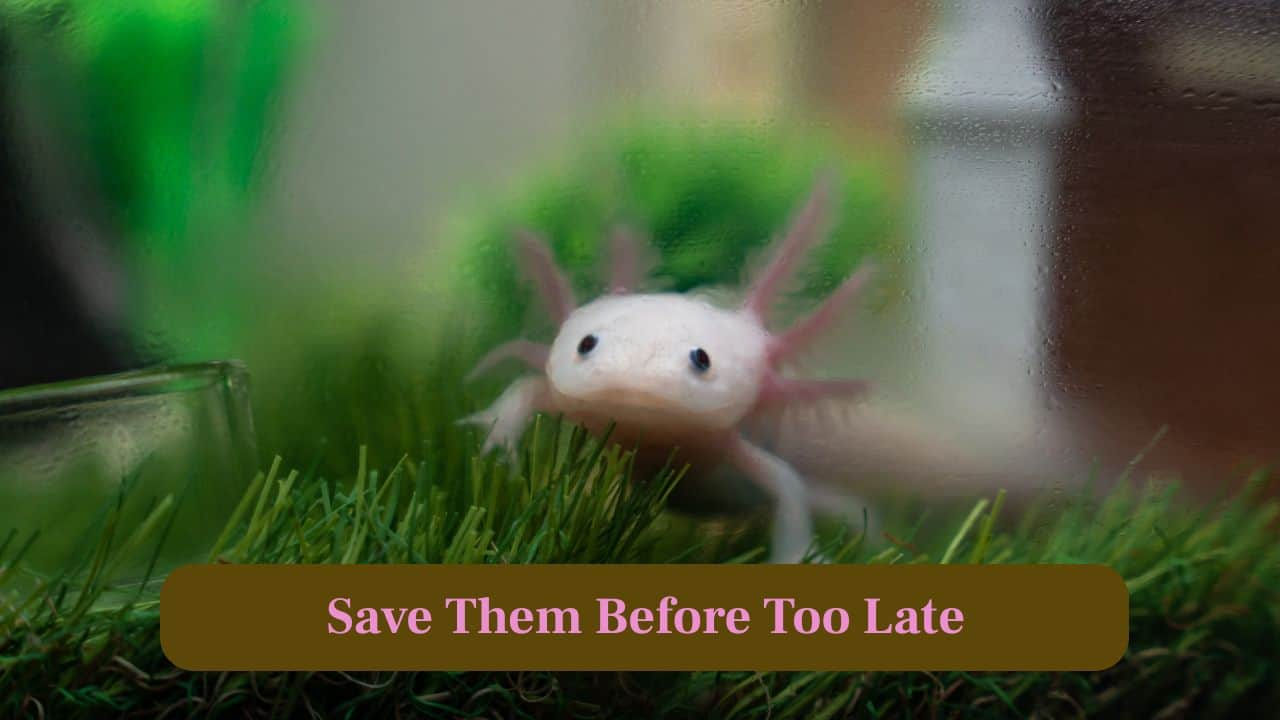Trending Topics:
- Blood Moon 2025
- Potoo Bird
- Cosmic Butterfly in Space
- Jupiter Juno
Endangered Axolotls Are Slowly Disappearing, Here's Why
Axolotls are Mexico’s iconic amphibians, who are vanishing fast due to habitat loss, pollution, invasive species and climate change. Conservation efforts aim to save them.
1/10

1. Adorable Water Monsters: Axolotls are unique salamanders famous for permanent youthfulness, but their wild populations are drastically shrinking today. (Image: Canva)
2/10

2. Native only to Mexico: They live exclusively in Mexico’s ancient lake system, mainly Xochimilco canals, making them extremely vulnerable to environmental change. (Image: Canva)
3/10

3. Masters of Regeneration: Axolotls regrow limbs, organs, and brain tissue, making them valuable for scientific discoveries in regenerative medicine worldwide. (Image: Canva)
4/10

4. Critical Endangered Status: The IUCN lists axolotls as Critically Endangered, with wild numbers shockingly low and continuously dropping. (Image: Canva)
5/10

5. Urbanisation Destroys Their Homes: Expanding cities replace wetlands with concrete, leaving axolotls without shelter, stable water, or needed food. (Image: Canva)
6/10

6. Climate Change Impacts Lakes: Rising temperatures and unstable rainfall rapidly shrink waterways, pushing wild populations closer to irreversible disappearance. (Image: Canva)
7/10

7. Over Captivity isn't helping: Though popular as pets, captive axolotls rarely return to wild ecosystems, creating imbalance in conservation success. (Image: Canva)
8/10

8. Genetic Diversity: Very few wild axolotls remain, increasing inbreeding risks and weakening ability to adapt against future threats. (Image: Canva)
9/10

9. Scientists Working for Solutions: Researchers restore canals, improve water quality, and protect breeding zones to boost wild survival chances. (Image: Canva)
10/10

10. Save Them Before Too Late: Awareness can spark action, ensuring future generations witness living axolotls thriving freely in protected waters. (Image: Canva)
Discover the latest Business News, Budget 2025 News, Sensex, and Nifty updates. Obtain Personal Finance insights, tax queries, and expert opinions on Moneycontrol or download the Moneycontrol App to stay updated!






